Toxins: Environmental toxins and Radiation Poisoning
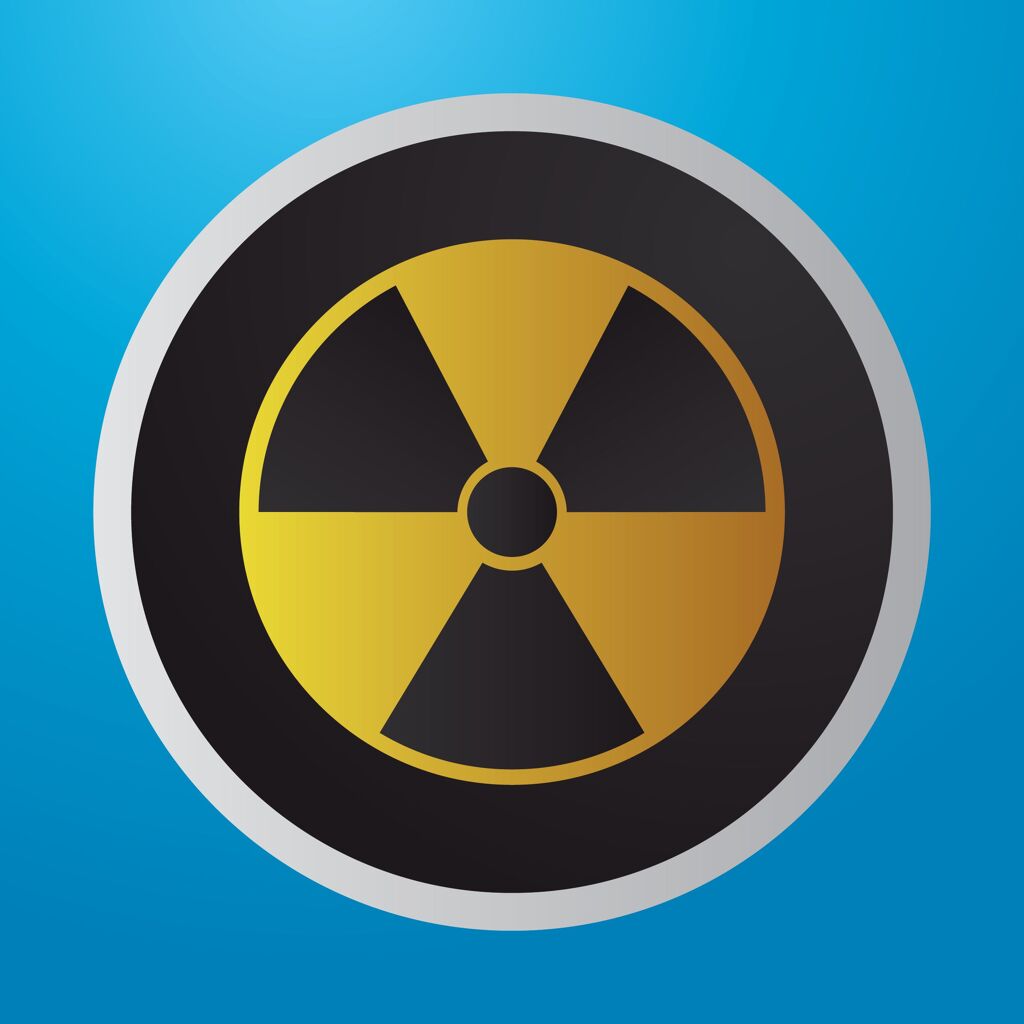
In our previous post, we outlined various classification schemes for toxins. We also explored two classes of toxins we are exposed to; biological and chemical toxins. We discussed the modes of contact, symptoms & effects and ways to mitigate poisoning. In this follow-up post, we are going to look at two remaining classes of toxins, how we encounter them, their effects on our tissues & organs and finally describe management in case of accidental poisoning. Radiation and environmental toxins occur in the area around us, thus much easier to encounter. Let’s look at each of them.
Environmental toxins
While not necessarily naturally occurring, these substances are found in the environment around us, and could potentially harm our bodies. The health effects of environmental toxins vary greatly, from causing cancers, organ failure, hormone disruption, and in extreme cases, death (Zeyneloglu, et al, 1997). We further categorize environmental toxins depending on where they are found i.e. air, water and soil/land contaminants.
Airborne Toxins
These are a result of air pollution, which is the release of harmful pollutants into the atmosphere. Airplanes, motor vehicles and industrial plants release tonnes of exhaust chemicals into the air. Domestic household products such as asbestos, aerosol sprays and refrigerants also contribute to air pollution (Gavin, 2009). Inhaling these substances could lead to a myriad of health effects such as lung cancer, scarring of the lungs, respiratory complications, skin and visual problems.
Harmful toxins you are likely to find in the atmosphere include: tropospheric ozone, carbon monoxide, nitrogen dioxide and greenhouse gases among others.
Water contaminants –
Waste water from home, industrial or commercial processes may be discarded into surface waters. Chemical contaminants, such as chlorine, could be used to treat sewage water, which is then released into water bodies (Strømgren, et al, 2005). This water finds its way to our bodies either through the water distribution systems, or ecologically in the food chain.
Other toxins found in water include lead, mercury, arsenic and dioxins.
Soil/Land-based toxins –
Contaminants introduced to the soil by human-made chemicals or a change in the natural environment. Chemicals are normally a result of improper waste disposal, agricultural and industrial activities. Some soil toxins that could eventually cause harm to your body are; lead paint, pesticides, treated lumber and petroleum from oil spills.
Depending on toxicity, concentration, geography, age and gender, the health effects of soil toxins varies (George, 2016). Crops grown on polluted soil absorb the pollutants and pass them on to livestock and us, humans. Heavy metals, such as mercury, could be made more potent through the biomagnification process. Being exposed to soil pollutants for long periods of time could lead to genetic mutations, hereditary defects and long-term health problems.
Management of Environmental toxins –
Environmental management is the control of emissions and waste that goes into the air, water and soil. We first observe practices that minimize the introduction of these toxic substances into the environment. Some things you could personally do to reduce pollution are listed below.
- Recycling products to save material and reduce the emission of greenhouse gases.
- Minimizing waste to get rid of harmful waste toxins released to the environment.
- Reusing products.
- Mitigating to make the environment less harsh.
- Use of compost to amend the soil.
Industries, commercial and residential properties should also invest in devices that control pollution. These devices include the thermal oxidiser, cyclones, scrubbers, sewage treatment devices, wastewater treatment plants and vapour recovery systems.
In your home residence, reduce exposure to air pollution by getting a high-quality air filter in your house like the IQ Air Healthplus Pro.
You could also avoid toxins in water by drinking filtered water or spring water, and drink from glass or stainless steel
Medical Intervention in Case of Poisoning –
Medical management of environmental toxins normally depends on the duration of exposure and the toxic substance (Barakat, 2011). In most cases, however, poisoning is hard to contain since the toxins accumulate gradually. Therefore, we try to manage the symptoms.
To Read About Blog Topic, Scroll Down
Want To Work With Our Clinic?
Do you have a chronic or mystery illness that no one has been able to help you with? Are you simply wanting to re-connect with a healthier version of yourself? It’s Time To Finally Feel Better!
Radiation poisoning
Radiation poisoning, sometimes referred to as radiation toxicity, radiation poisoning or Acute Radiation Syndrome (ARS) are terms that represent the health effects occurring as a result of being exposed to high amounts of radiation (Worthington, 2007). If the exposure occurs over time, the symptoms are known as chronic radiation illness.
Radiation alters the molecular structures of individual cells. This affects the process of cell division, which in turn results in various symptoms. The effects are generally categorized into three.
- Gastrointestinal symptoms. If you are exposed to small doses of radiation, you are likely to experience gastrointestinal discomfort, nausea loss of appetite, and vomiting.
- Hematopoietic symptoms. For a relatively larger dose, look out for symptoms like loss of blood (due to reduction in platelets), proneness to infection (due to lack of white blood cells) and excessive bleeding.
- Neurovascular symptoms. Extremely Large doses affect the nervous system, and could eventually lead to death.
Both acute and long term exposure could lead to cancer and skin changes (Cutaneous Radiation Syndrome).
Sources of Radiation Poisoning
There are two types of radiation:
- Non-ionizing radiation– this is radiation in the form of microwaves, radio waves, light and radar, and does not cause damage in tissues.
These find applications in domestic appliances such as phones, hi-fis and lighting systems but shouldn’t be a cause for alarm as they possess no health effects.
However, electromagnetic radiation of certain wavelengths could affect various systems of the body. Dielectric heating occurs when a large strength electromagnetic field interacts with our body tissues. LED lights within the 400-500 nm wavelength suppresses melatonin production, resulting in insufficient sleep. Intense visible light could also cause temporary flash blindness.
- Ionizing radiation– this type of radiation produces changes in human cells. Sources include X-rays, gamma rays and nuclear radiation.
These are applied in medicine, military development, aerospace exploration, industrial and manufacturing purposes.
We are most likely to get radiation poisoning from accidents at nuclear plants, detonation of radioactive devices and detonation of nuclear weapons. Astronauts beyond low earth orbit are constantly exposed to two types of radiation; solar particle event radiation (SPE) and Galactic Cosmic Radiation (GCR).
Medical Management of Radiation Sickness
Medical interventions are meant to prevent further contamination, eliminate dangerous injuries, to reduce symptoms and numb the pain. We outline the various practices done to achieve these:
- Decontamination- this involves eliminating all nuclear particles. It also prevents the spread of these particles and lowers the likelihood of internal contamination.
- Bone marrow treatment- proteins that stimulate the growth of white blood cells may reverse the effects of ARS on the bone marrow. Transfusions of red blood cells and platelets also reduce the effects of blood loss on the bone marrow.
- Managing Internal Contaminants- various treatments negate the damage caused by nuclear particles to internal organs. These include Potassium iodide (Thyroshield, Iostat), Prussian blue (Radiogardase) and Diethylenetriamine pentaacetic acid (DTPA). These are only suitable for exposure to specific forms of radiation.
Additional supportive treatment could be used to treat bacterial infections, nausea & vomiting, dehydration and burns (Berger, et al, 2006). Individuals exposed to extra-large doses of radiation have little-to-no chance of recovery, and are only administered with medications that control pain, nausea, vomiting and stomach upset.
In a world that has become filled with various toxins, we need to help our body rid these toxins. A good step is to start with a phase two detoxification as a safe a helpful liver boost.
Incorporating these foods and supplements into your daily diet/routine can assist in some liver detox processes:
Foods –
- Pomegranate (contains ellagic acid)
- Broccoli sprouts (contains sulforophane),
- Cruciferous veggies (it is best, if eating cooked crucifers to have a little raw crucifer like mustard, arugula, or radish for an enzyme that helps make sulforophane)
- Whey protein (non-denatured from grass-fed cows — glutathione precursors).
Supplements –
- N-Acetylcysteine (NAC) 500mg – 2g daily
- Alpha-Lipoic Acid (ALA) 300-600mg daily or we prefer R-Lipoic Acid (RLA) for a more active version 150-300mg daily
- L-Glycine and/or L-Taurine 500mg – 3g daily
- Glutathione (liposomal form or S-acetyl glutathione) 200-400mg daily
Today we have seen various forms of environmental and radiation poisoning, completing our article series on toxins. I hope this series serves as a guideline to help you avoid, spread awareness and tackle issues arising from toxins.
Want help with your health? Book a free health evaluation call to see if you are a good fit for our clinic by clicking the button on the left below. If you are a clinician interested in advancing your training, please check out our online worldwide functional medicine training institute by clicking the button on the right below.
Book My Free Phone Health Evaluation Functional Medicine Certification for Clinicians
References
- Zeyneloglu, Hulusi B., Aydin Arici, and David L. Olive. “Environmental toxins and endometriosis.” Obstetrics and gynecology clinics of North America 24.2 (1997): 307-329.
- Townsend, Gavin. “Airborne Toxins and the American House, 1865-1895.” Winterthur portfolio 24.1 (2009): 29-42.
- Strømgren, T., et al. “Acute toxic effects of produced water in relation to chemical composition and dispersion.” Marine Environmental Research 40.2 (2005): 147-169.
- Rigg, George B. “Decay and soil toxins.” Botanical Gazette (2006): 295-310.
- Barakat, M. A. “New trends in removing heavy metals from industrial wastewater.” Arabian Journal of Chemistry 4.4 (2011): 361-377.
- Worthington, Amy. “The radiation poisoning of America.” GlobalResearch. ca, October 9 (2007).
- Berger, M. E., et al. “Medical management of radiation injuries: current approaches.” Occupational Medicine 56.3 (2006): 162-172.
Are You Suffering From A Chronic Illness?
Does your current health situation look like this…
- Do you feel that you have tried many things and either nothing works, or the treatment does not hold?
- Have you been told that there is nothing that can be done to reverse your illness and you just need to manage symptoms?
- Does your illness impact your work, your family, your happiness and your social life?
We specialize in finding answers and solutions for complicated chronic illness when people feel like they have tried everything. If this sounds like you, book a free call with us to see if we are the right fit for your health goals.
Dr. Miles has spoken for the following organizations:

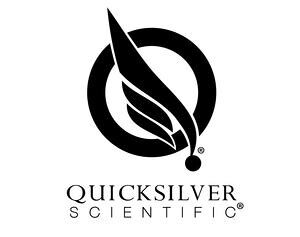








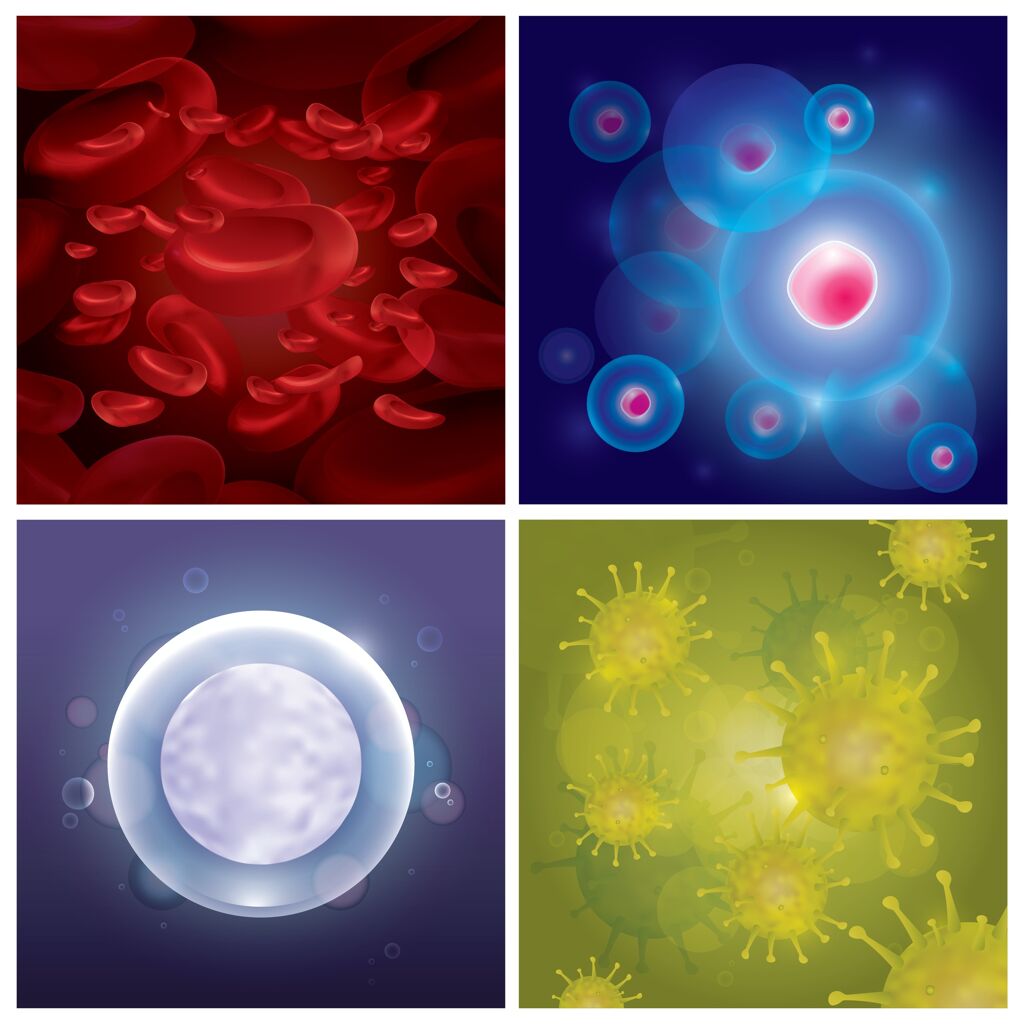
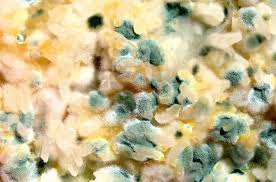
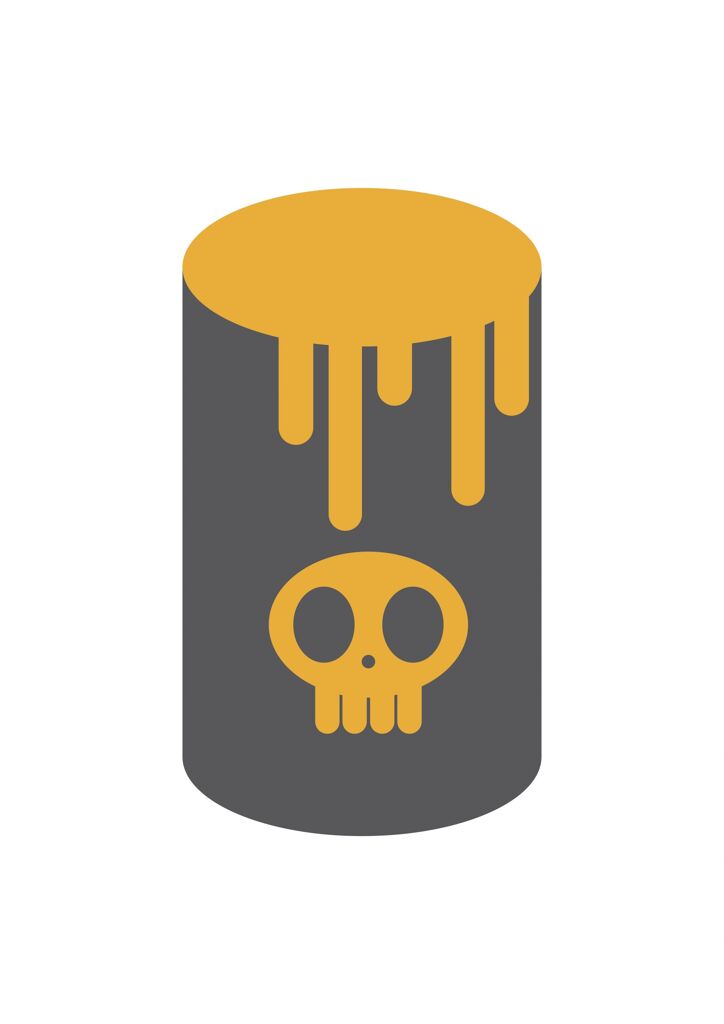





Responses